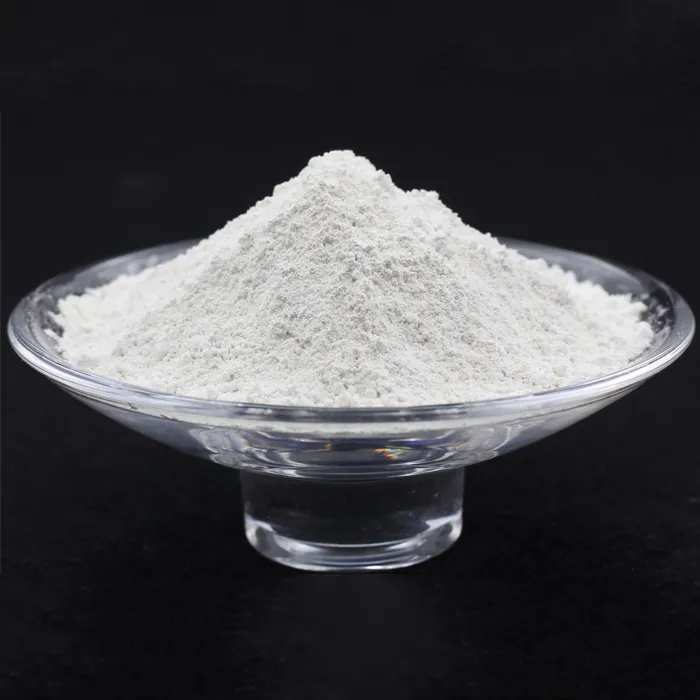Sulfamic Crystals Applications, Properties, and Safety Considerations
Sulfamic acid, also known as amidosulfonic acid, is an inorganic compound with the chemical formula H3N·SO3. It appears as a white solid crystal and is highly soluble in water. Sulfamic acid is widely used in various industrial applications, including the formulation of cleaning agents, the preparation of dyes, and even in the production of certain pharmaceuticals. This article aims to provide an overview of sulfamic crystals, their properties, applications, and safety considerations.
Properties of Sulfamic Crystals
Sulfamic crystals are known for their unique physicochemical properties. They possess a high melting point of approximately 205°C, which makes them stable under heat. These crystals are also characterized by their acidity and are classified as a strong acid in aqueous solutions. When dissolved in water, sulfamic acid ionizes to release hydronium ions (H3O+) and sulfamate ions (NH2SO3−), giving it its acidic properties.
Another notable property is the compound's hygroscopic nature, which means it has the capability to absorb moisture from the air. As a result, sulfamic acid must be stored in a dry place to ensure its efficacy and longevity. The crystals are generally inert and do not react violently with most substances, although they can release harmful gases when heated with strong oxidizers.
Applications of Sulfamic Crystals
The versatility of sulfamic acid extends across various fields
1. Cleaning and Descaling Agents One of the most common uses of sulfamic acid is in the formulation of cleaning agents. Its ability to effectively dissolve mineral deposits and rust makes it an ideal ingredient in descaling solutions. These cleaning products are often used in household appliances, such as kettles and coffee makers, and in industrial settings for cleaning machinery and equipment.
2. Dyes and Pigments Sulfamic acid plays a crucial role in the textile and dyeing industry. It is utilized in the production of azo dyes and other coloring agents. The acid acts as a coupling agent, facilitating the reaction between dyes and textile fibers.
sulfamic crystals

3. Pharmaceuticals In the pharmaceutical industry, sulfamic acids are utilized in the synthesis of various drugs and medicinal products. The compound serves as a reagent in several organic reactions, contributing to the development of new therapeutic agents.
4. Electroplating and Galvanization The compound is employed in electroplating processes to prepare metal surfaces for coating. Its acidic nature helps to etch the metal surface, promoting the adhesion of subsequent layers of paint or coatings.
5. Agriculture In agricultural settings, sulfamic acid can be used as a herbicide or a growth regulator. Its capacity to alter pH levels in soil can help improve nutrient availability, thus enhancing crop yield.
Safety Considerations
While sulfamic acid is relatively safe to handle when appropriate precautions are taken, it is essential to recognize its potential hazards. Sulfamic acid is classified as a corrosive substance and can cause severe irritation to the eyes, skin, and respiratory tract. It is imperative always to wear proper personal protective equipment (PPE), such as gloves, goggles, and masks, when working with this compound.
Additionally, sulfamic acid should be stored in a well-ventilated area away from incompatible materials, including strong oxidants and bases. In the event of a spill, it is crucial to follow the correct procedures to neutralize and clean up the substance to prevent any adverse environmental impact or human exposure.
Conclusion
In conclusion, sulfamic crystals are a versatile and valuable compound with a broad range of applications across several industries, from cleaning agents to pharmaceuticals. Understanding the properties, uses, and safety precautions associated with sulfamic acid is essential for utilizing this compound effectively. As industries continue to seek out efficient cleaning and industrial processes, sulfamic acid remains an important chemical for innovation and development. Whether in everyday cleaning products or specialized industrial applications, the role of sulfamic crystals in this modern age cannot be underestimated. As always, safety should remain a priority in any application involving sulfamic acid, ensuring that its benefits can be fully realized without compromising the well-being of individuals or the environment.

